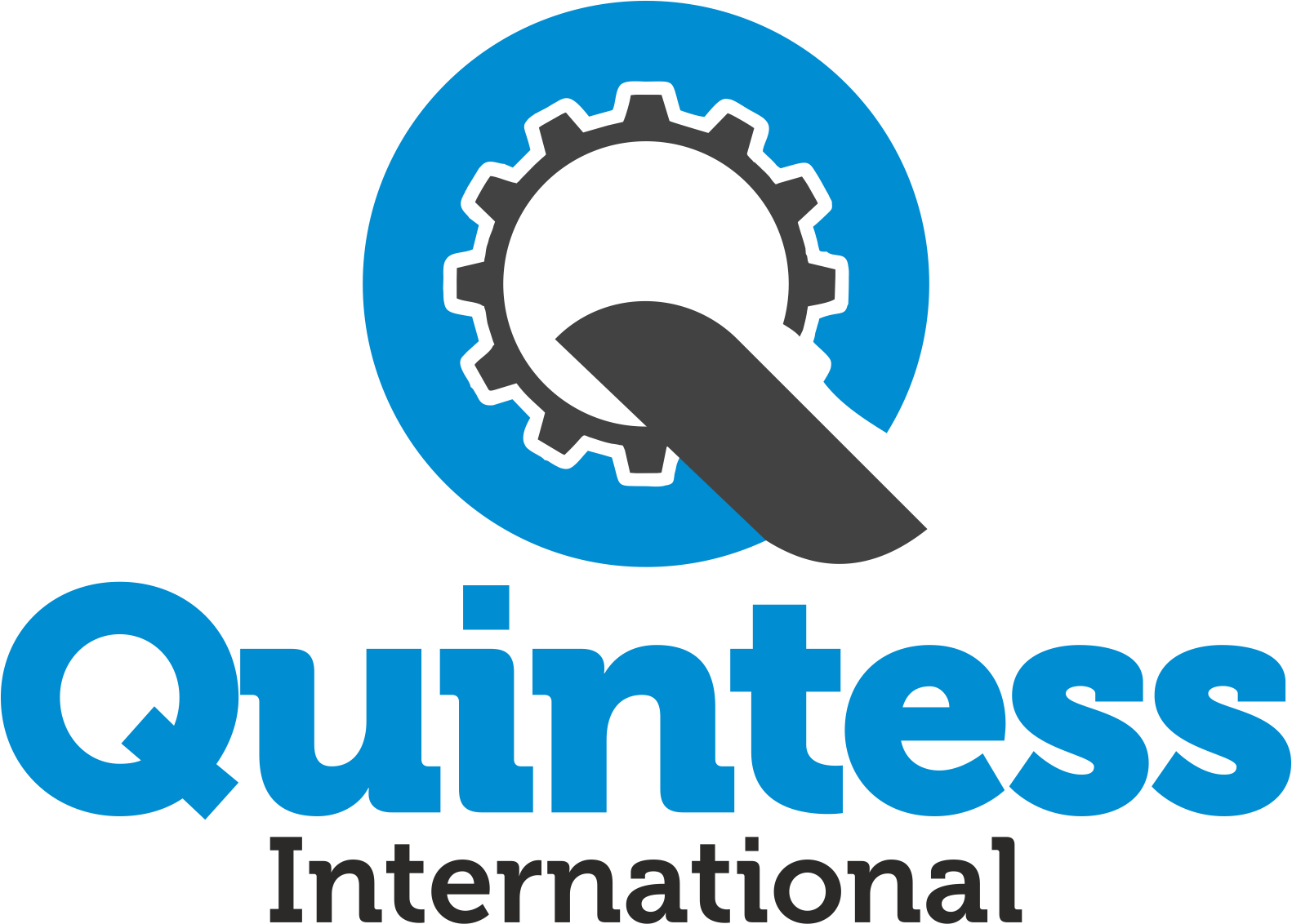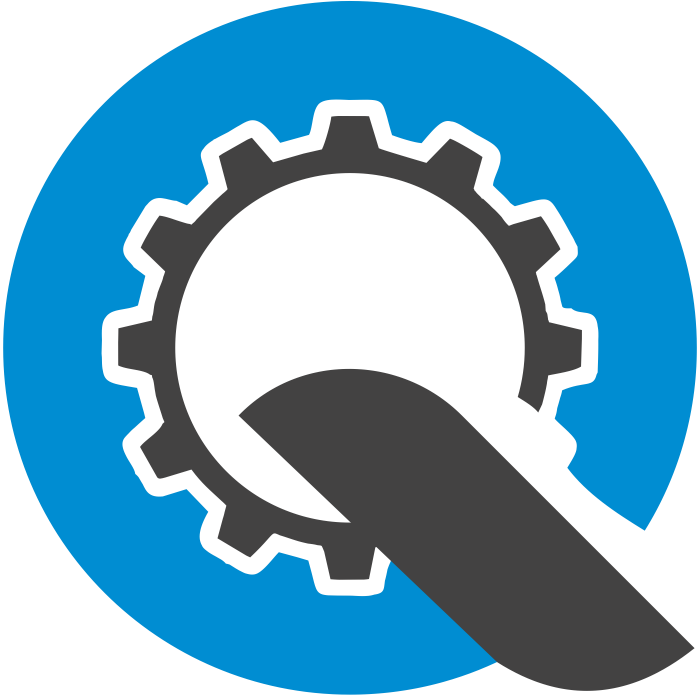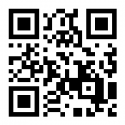Introduction:
The automotive industry in Nepal is currently experiencing a dynamic phase of growth, marked by significant developments in both the two-wheeler and four-wheeler segments. As the demand for personal transportation continues to rise, fueled by increasing vehicle ownership among the population, the market is witnessing a substantial influx of both domestic and international automotive brands. This surge not only reflects changing consumer preferences but also highlights the evolving landscape of mobility within the country.
The importance of the auto parts segment in this mobility ecosystem cannot be overstated. As vehicle ownership escalates, the need for reliable and high-quality auto parts becomes crucial for ensuring safety, efficiency, and longevity of vehicles on the road. This segment plays a vital role in supporting the overall industry by providing essential components that facilitate maintenance and repair services, thereby contributing to the sustainability of the automotive market in Nepal.
Section 1: Market Overview
What Drives Nepal’s Auto Parts Demand?
-
Statistics on 2-wheeler and 4-wheeler growth (especially in major cities like Kathmandu, Pokhara, Biratnagar).
-
Growing middle-class and youth segment preferring motorbikes/scooters.
-
Increasing use of SUVs and compact cars in urban and hilly terrains.
-
Import-driven spare parts economy and aftermarket dependency.
Section 2: Upcoming Trends in 2W and 4W Auto Parts
Parts of the Future: What’s Next?
A. Technological Trends:
-
EV components: Batteries, BMS, e-motors.
-
Smart parts: GPS tracking devices, mobile app-compatible ECUs.
-
Fuel-efficient & hybrid parts: Air filters, efficient fuel injectors.
B. Material Innovations:
-
Lightweight alloy wheels, carbon fiber body kits.
-
Durable, heat-resistant rubber and polymer components.
C. Digitalization:
-
E-commerce platforms for parts (Daraz, local online stores).
-
Digital diagnostics & OBD-II tools gaining demand.
D. Safety and Performance Upgrades:
-
ABS kits, LED lighting, performance exhausts, dash cams.
-
Growing demand for imported performance brands.
Section 3: Growth Strategies for Auto Parts Market in Nepal
How to Capture Nepal’s Auto Parts Market Effectively?
A. Local Distribution Expansion:
-
Build partnerships with garages, workshops, and resellers.
-
Regional warehouses for faster delivery to hilly and remote areas.
B. Digital Marketing & Online Sales:
-
Use Facebook Marketplace, TikTok, and e-commerce for direct B2C.
-
SEO and Google My Business for visibility.
C. Training and Workshops:
-
Educate mechanics and retailers about new tech (EV, diagnostics).
-
Organize product demo events, technical webinars.
D. Import Substitution & Assembly:
-
Encourage local assembly of parts (filters, cables, brake pads).
-
Partner with Indian or Chinese manufacturers for CKD/SKD model.
E. Government & Policy Engagement:
-
Leverage subsidies/incentives on EV parts.
-
Comply with BIS/ISI/ECE quality standards for credibility.
Section 4: Key Challenges & Solutions
Navigating the Bumps in the Road
-
Issues: Border delays, counterfeit parts, high logistics cost.
-
Solutions: Smart inventory systems, trusted sourcing, government lobbying for smoother import policies.
Conclusion:
-
Nepal’s auto parts market is on the brink of transformation with EVs and digital commerce.
-
Businesses that adapt early with tech, training, and digital reach will lead the race.
-
Final call to action: Innovate, Educate, and Expand!


